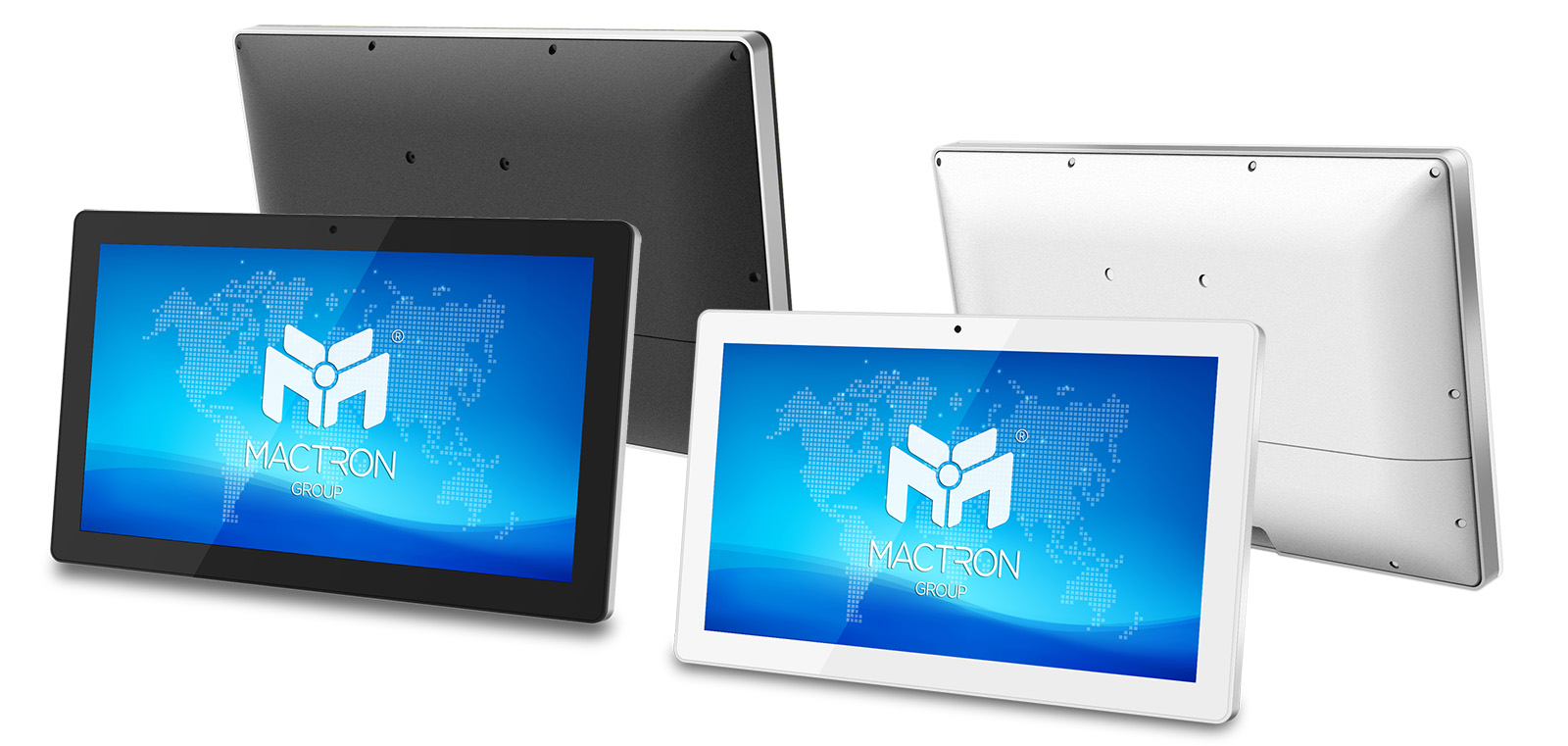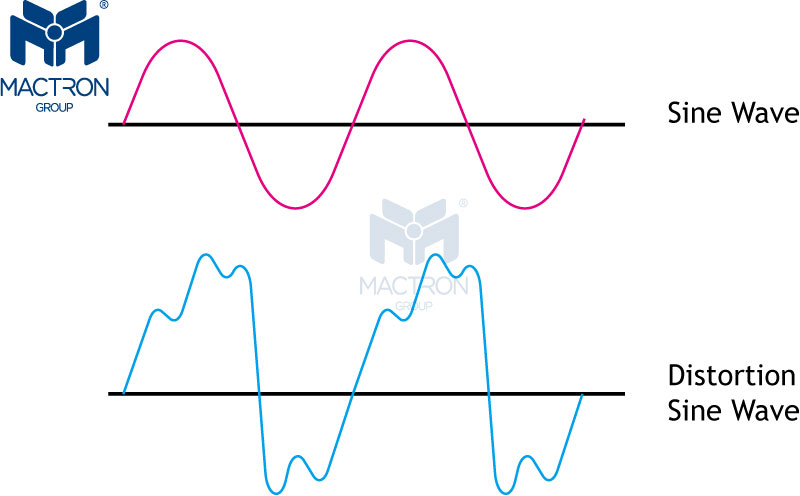In modern technological life, satellite navigation is an integral part of our daily life. Applications such as mobile and tablet location services and traffic navigation rely heavily on satellite navigation technology. Satellite navigation brings significant convenience to our lives. When multiple satellite systems work together, they complement each other and enhance accuracy. This blog will provide an introduction of GNSS (Global Navigation Satellite System) to help you better understand and utilize this technology.
“GNSS” is …

- GPS (Global Positioning System): Operated by the United States, it's one of the most well-known GNSS systems. GPS is designed by the United States Department of Defense, is a global, all-weather, 24-hour three-dimensional positioning system. It is used in various applications such as traffic navigation and construction surveying, providing precise location and time information, which can then be used to calculate speed and direction of movement.
- GLONASS: It is developed by Russia for national defense purposes, was later made available for civilian use. It's another major system that provides global navigation services. Its main components and positioning rules are similar to GPS, as both systems use distance measurements for positioning.
- Galileo: It is developed by the European Union, operates independently of the GPS and GLONASS systems. Primarily intended for civilian use rather than military applications, Galileo aims to provide high-precision positioning and timing services., it aims to offer high-precision positioning services.
- BeiDou: It is an independently developed satellite system by China. It provides navigation services globally and is expanding its capabilities. BeiDou shares a similar structure with the previously mentioned systems but features unique functions such as "short-message communication" and "target positioning." These functions not only allow users to determine "where they are" but also enable them to share their location with others, making it especially useful in emergency rescue situations.
Advantages of GNSS

GNSS provides worldwide coverage, enabling accurate location and timing information anywhere on the Earth's surface. This is crucial for global navigation and positioning.
High Accuracy
Modern GNSS systems can provide highly accurate position information, often within a few meters, and even better with advanced techniques like differential GNSS.
Real-Time Data
GNSS systems offer real-time positioning and timing data, which is essential for applications that require immediate feedback, such as autonomous vehicles, maritime navigation, and emergency response.
Wide Application Range
GNSS supports a diverse range of applications including aviation, marine navigation, surveying, agriculture, mapping, and personal navigation. It enhances the efficiency and safety of these activities.
Enhanced Timing
GNSS provides precise timekeeping, which is crucial for telecommunications, financial transactions, and various scientific research applications. The timing provided by GNSS systems is often more accurate than other methods.
Increased Safety
For transportation systems (cars, aircraft, ships), GNSS improves safety by providing accurate navigation and collision avoidance capabilities. It also supports search and rescue operations by pinpointing the location of distress signals.
Operational Efficiency
In sectors like agriculture and logistics, GNSS improves efficiency by enabling precise mapping, monitoring, and management of resources. This can lead to better crop yields, optimized routes, and reduced costs.
Disaster Management
GNSS is valuable for disaster response and management by providing accurate information on affected areas, supporting evacuation plans, and aiding in the assessment of damage.
Conclusion





























